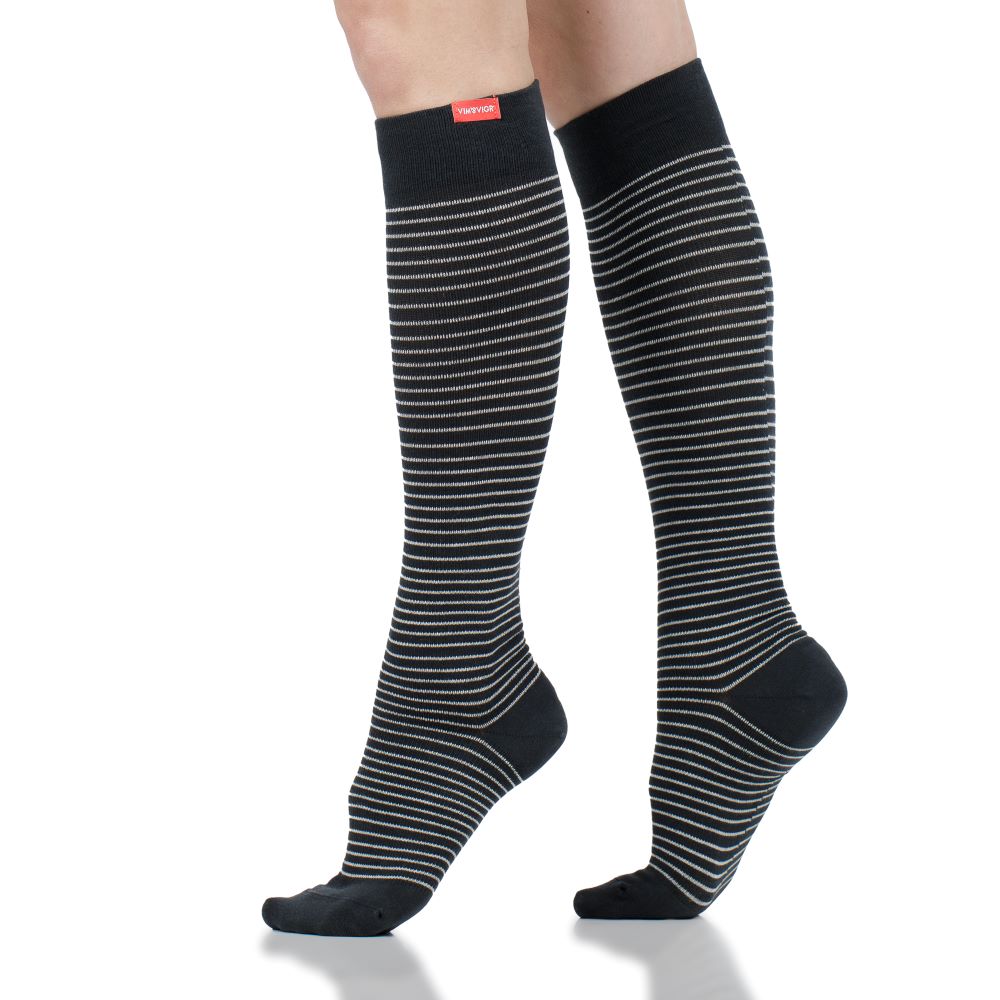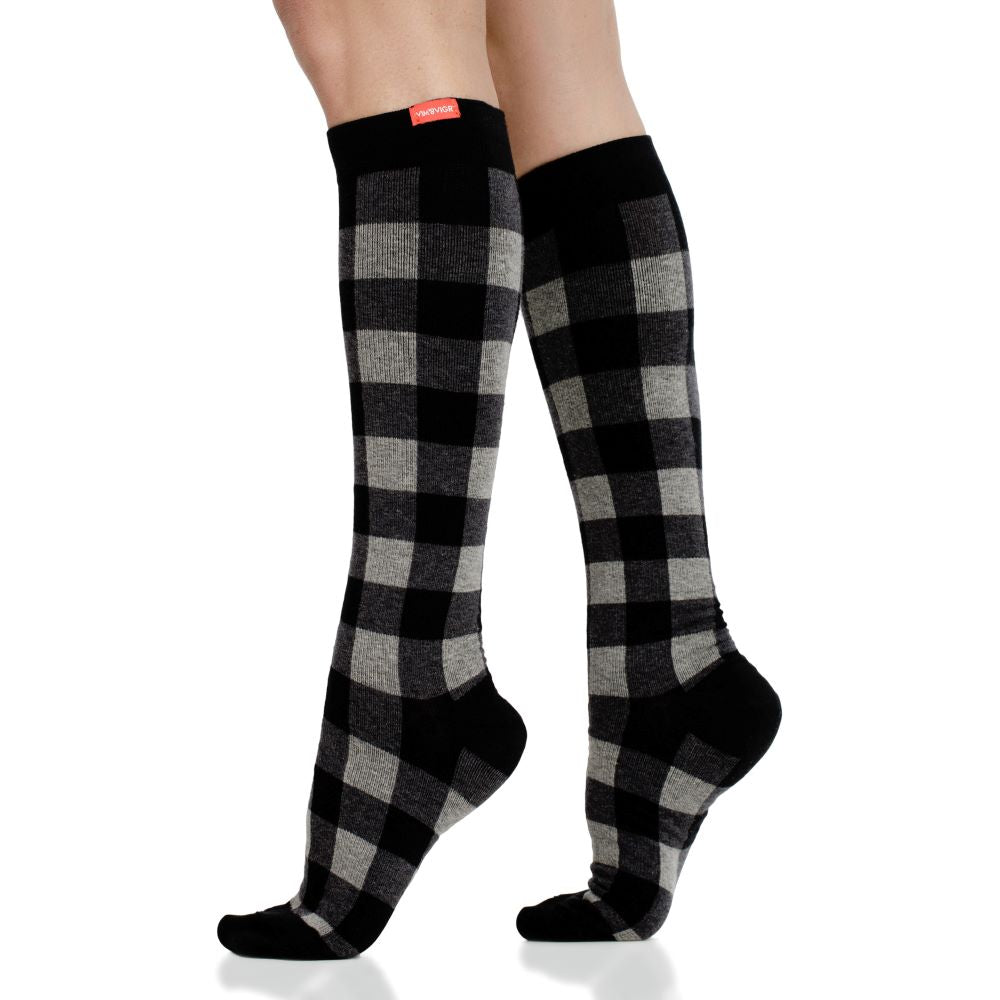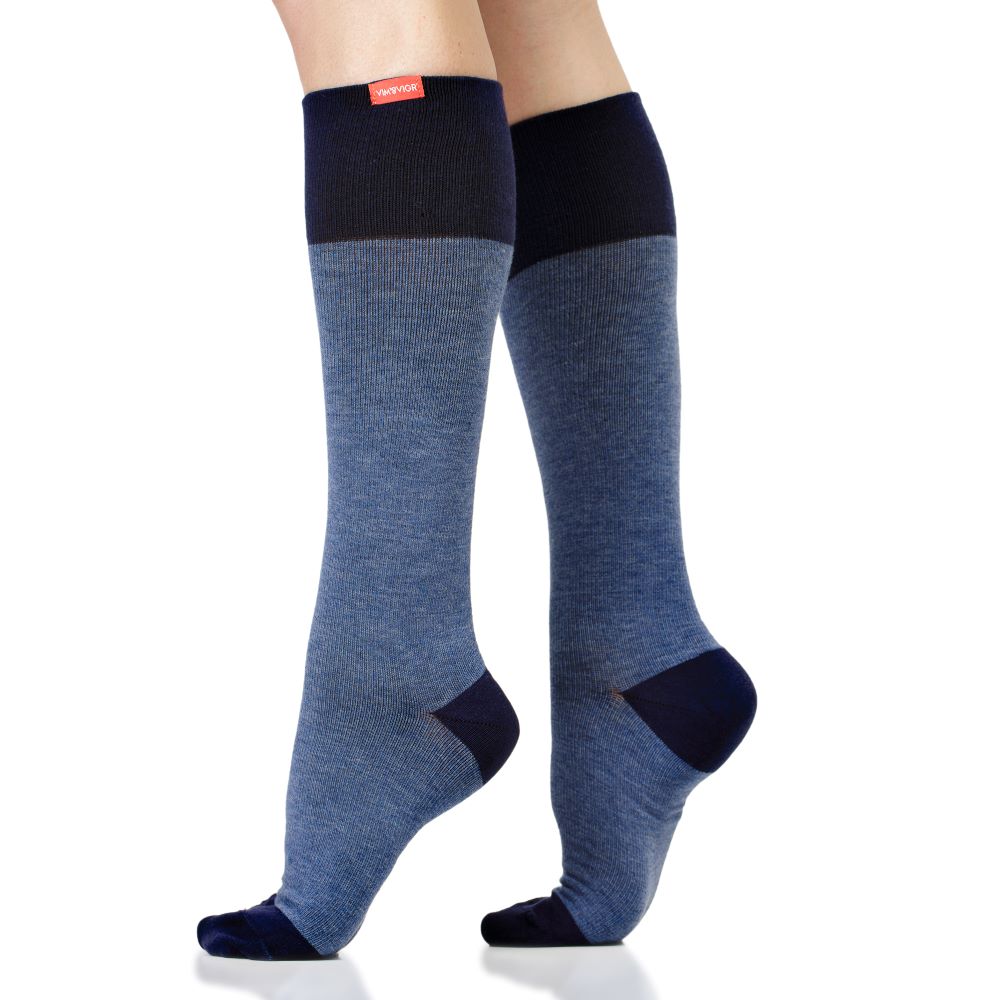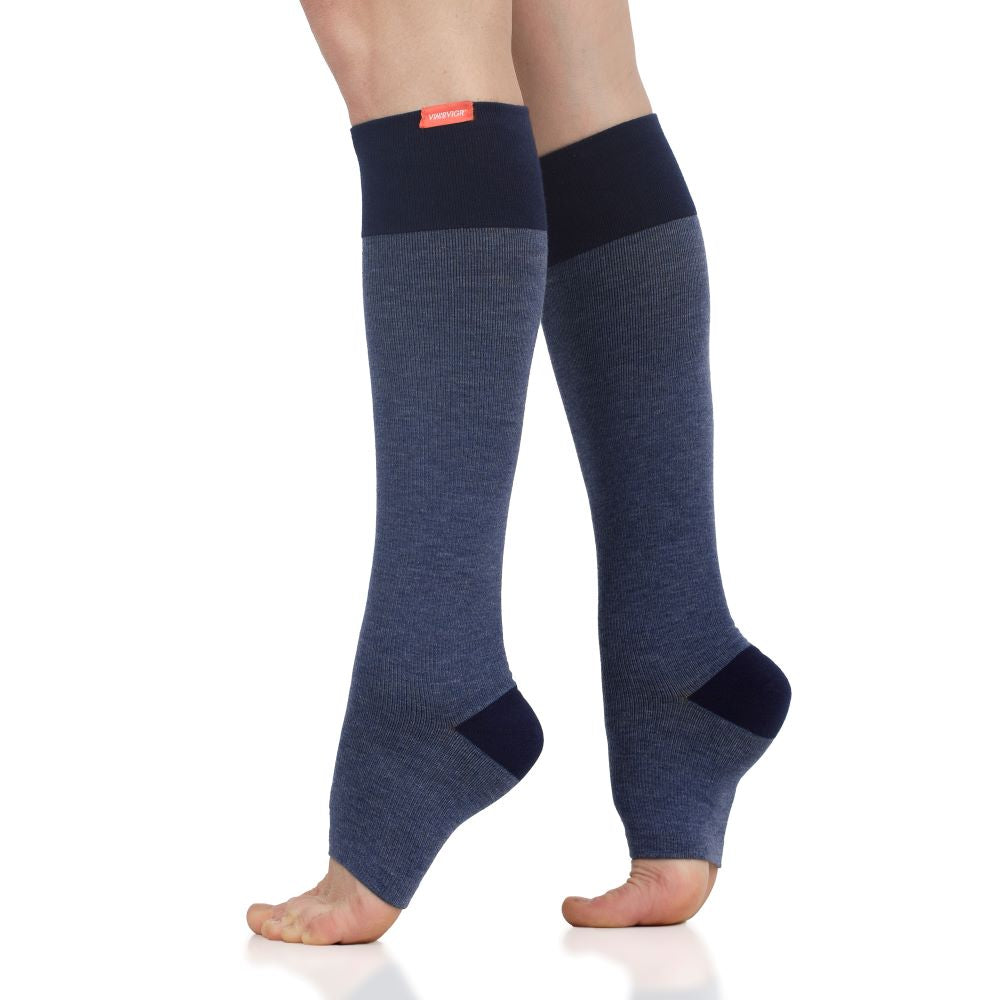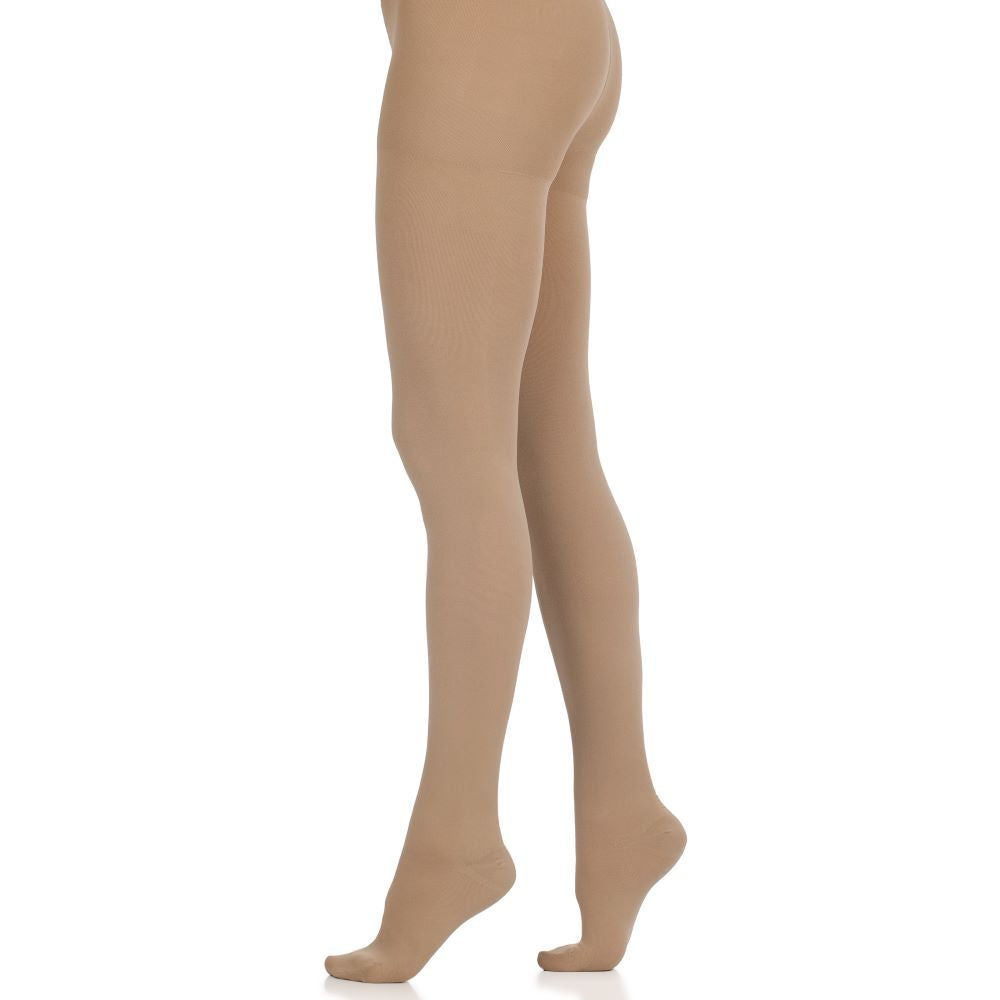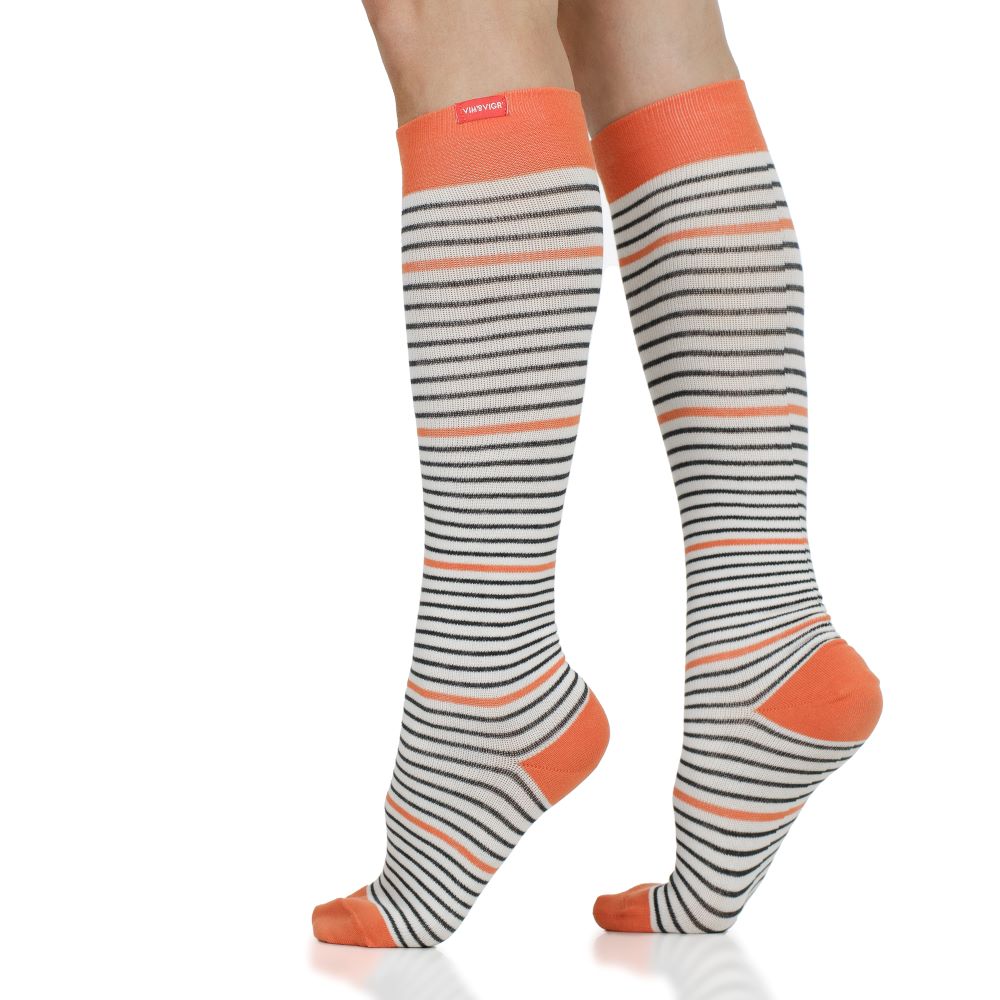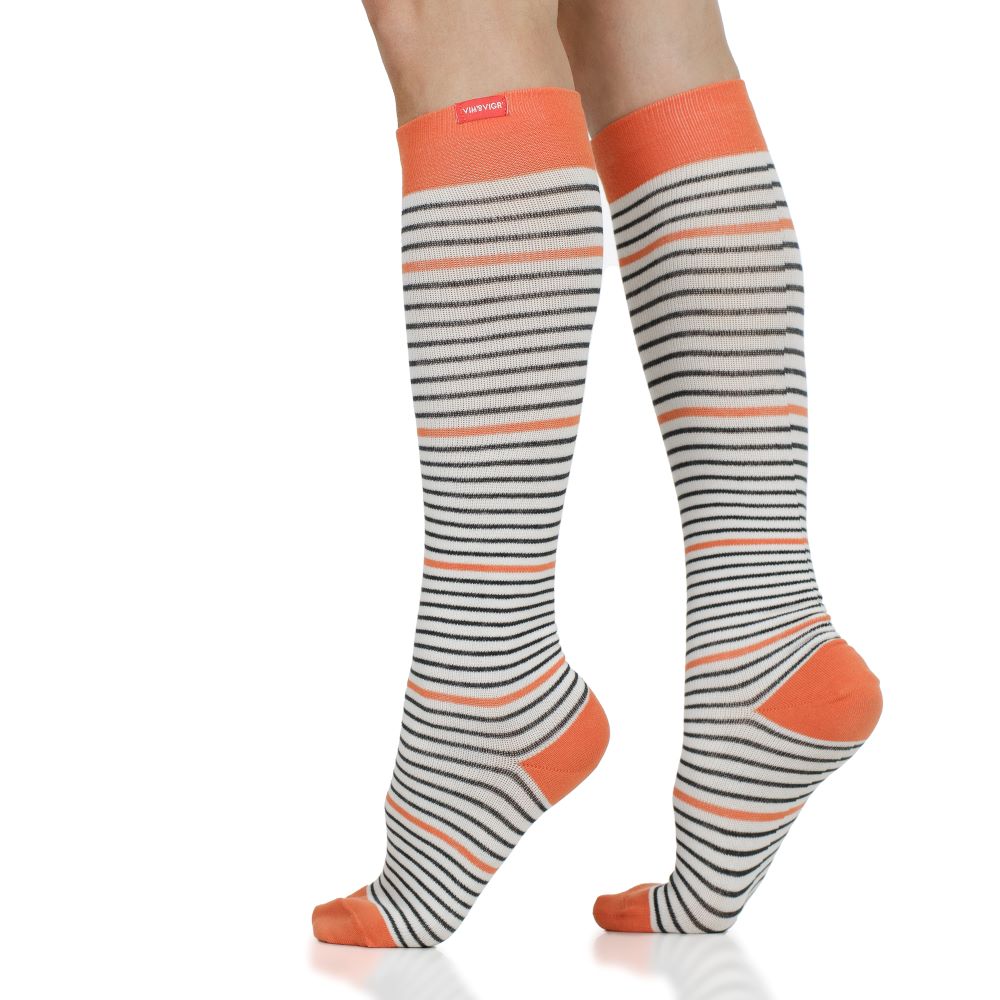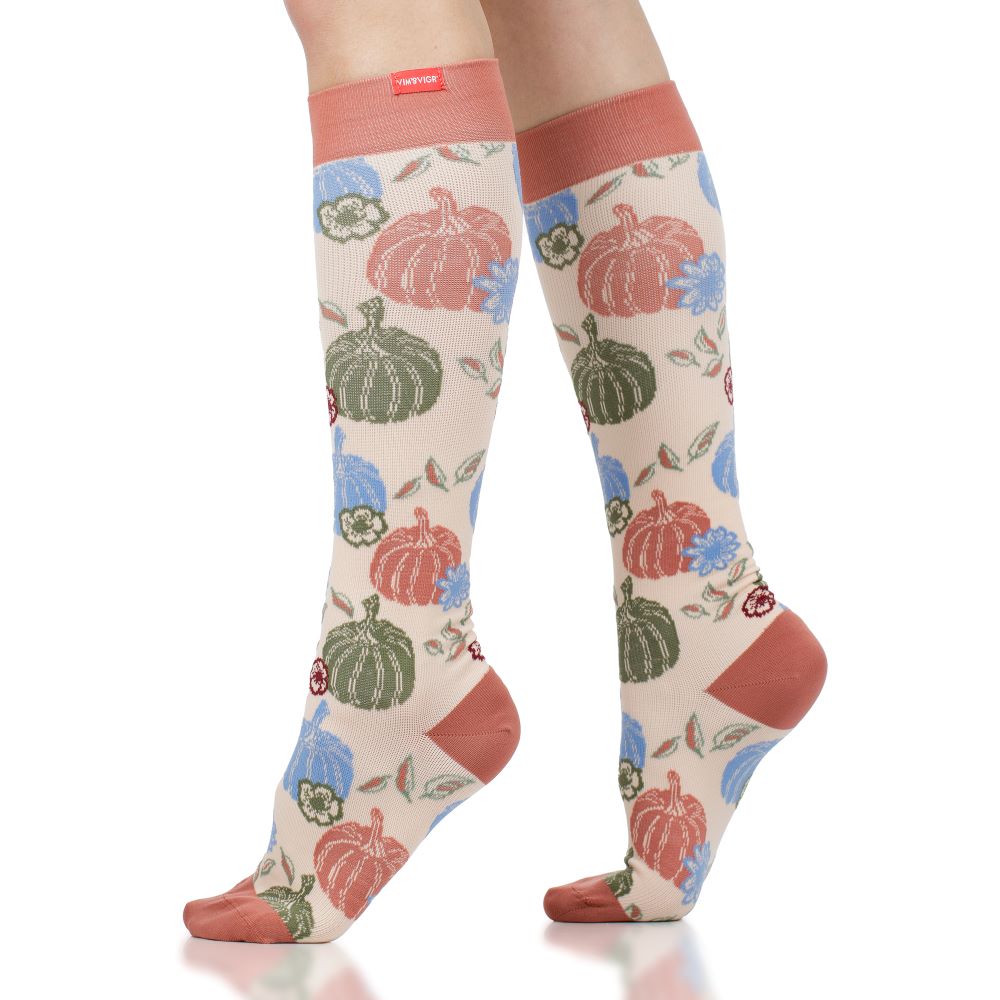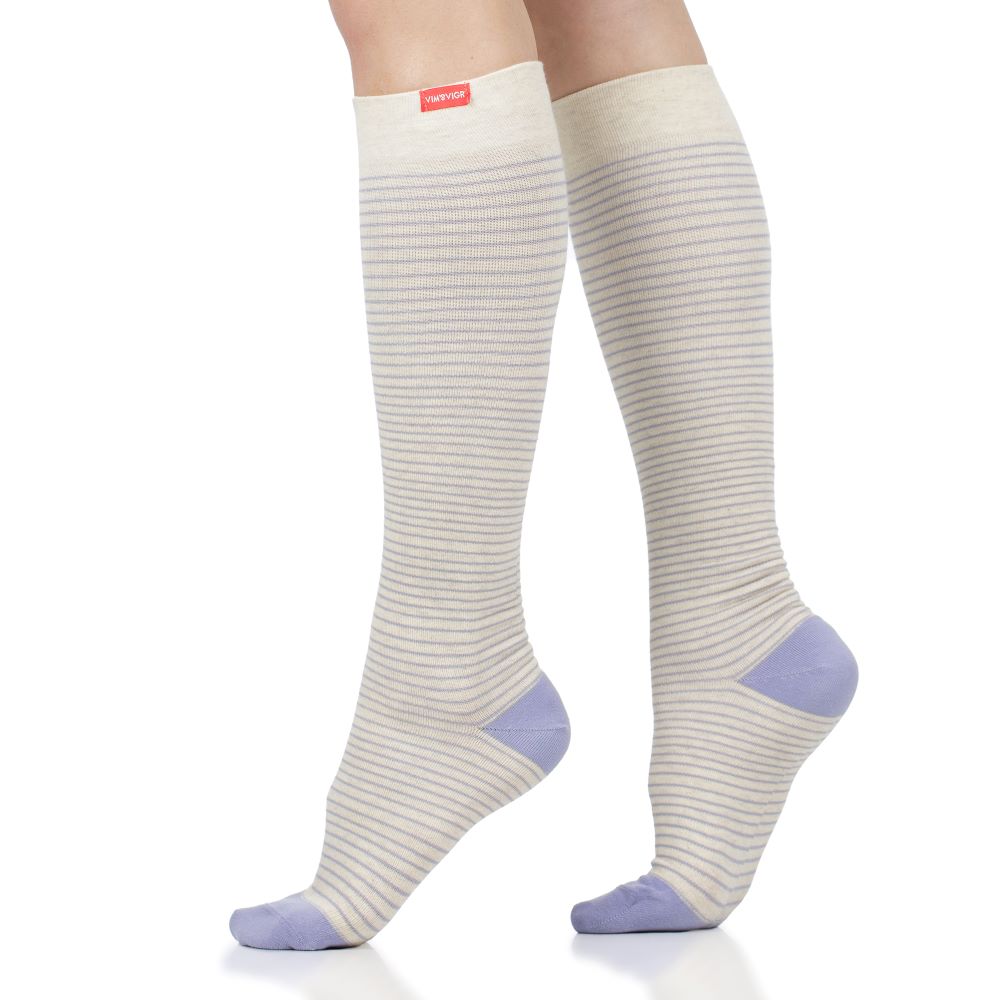
Graduated Compression Socks
WHAT ARE GRADUATED COMPRESSION SOCKS?
The term “graduated” means arranged in a series or scale - in other words, from lowest to highest value. When it comes to compression, this refers to how tight the item of clothing is on the body. So, graduated compression socks don’t apply the same level of pressure throughout. They are tighter around the ankle, then gradually loosen up towards the knees.
WHAT DOES GRADUATED COMPRESSION DO?
Compression therapy in general can be applied using a number of garments or devices, including bandages and pneumatic machines. The advantage of graduated compression stockings is that they are easier to put on and remove on your own, but also that the compression is not applied uniformly on the lower leg.
In terms of ease of wear, graduated compression socks can be put on by the patient on their own. The tightest section is at the ankle, so you simply need to allow for this by following the manufacturer’s instructions. Then, it is easier to pull the rest of the sock up, since it is less tight than the bottom part.
More importantly, in terms of benefits, graduated compression ensures that blood is pushed up from the section that’s tightest, towards the less tight area. This means that, for socks, when blood or fluid has the propensity to pool around the ankles after lots of time spent immobile or on your feet, the pressure applied by the socks supports its travel back towards the heart. As a result, those wearing graduated compression stockings avoid getting swollen ankles and feet. Moreover, graduated compression socks can prevent the formation of blood clots and can be very beneficial to those suffering from circulatory system conditions - such as varicose veins, for example.








